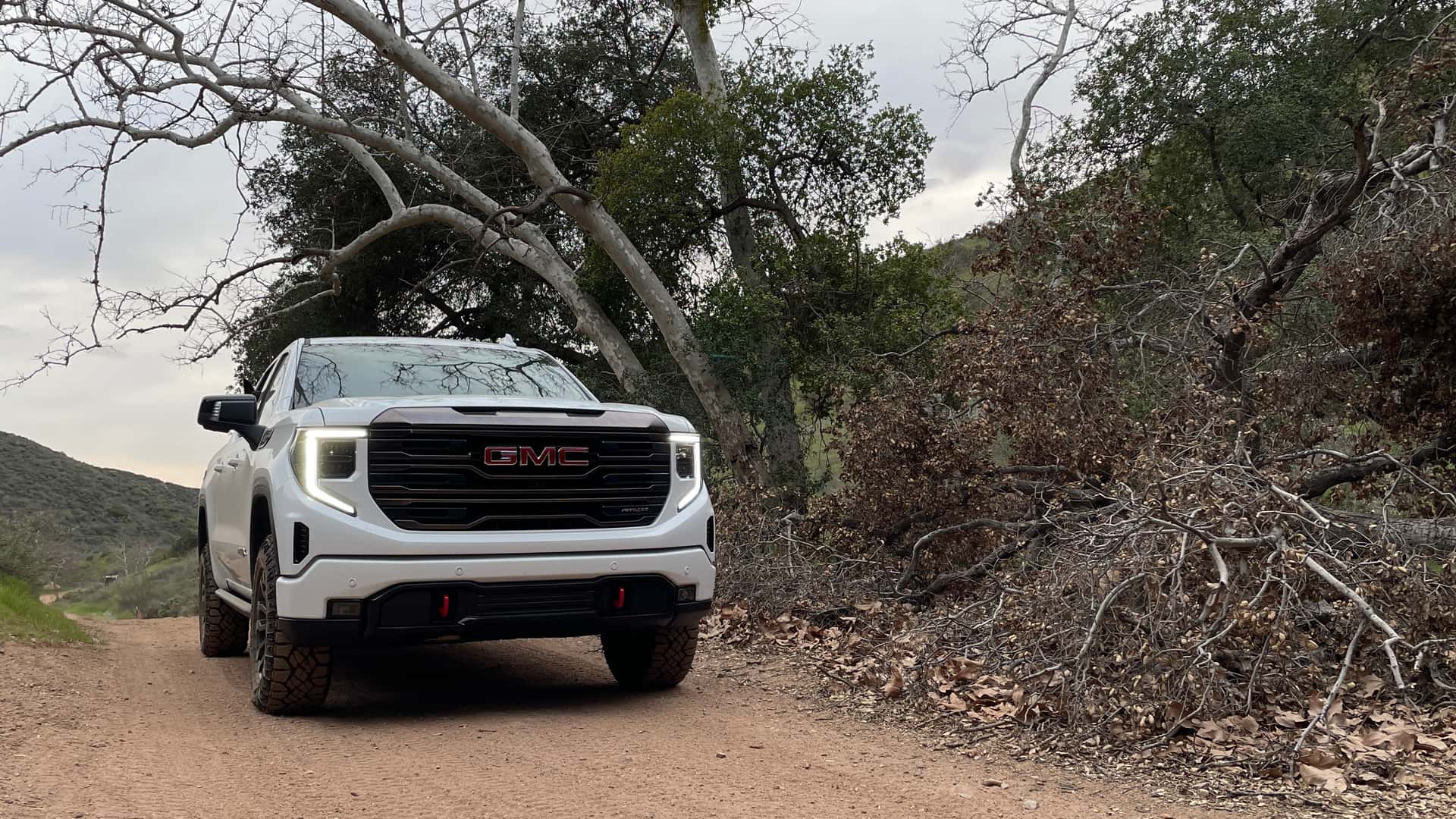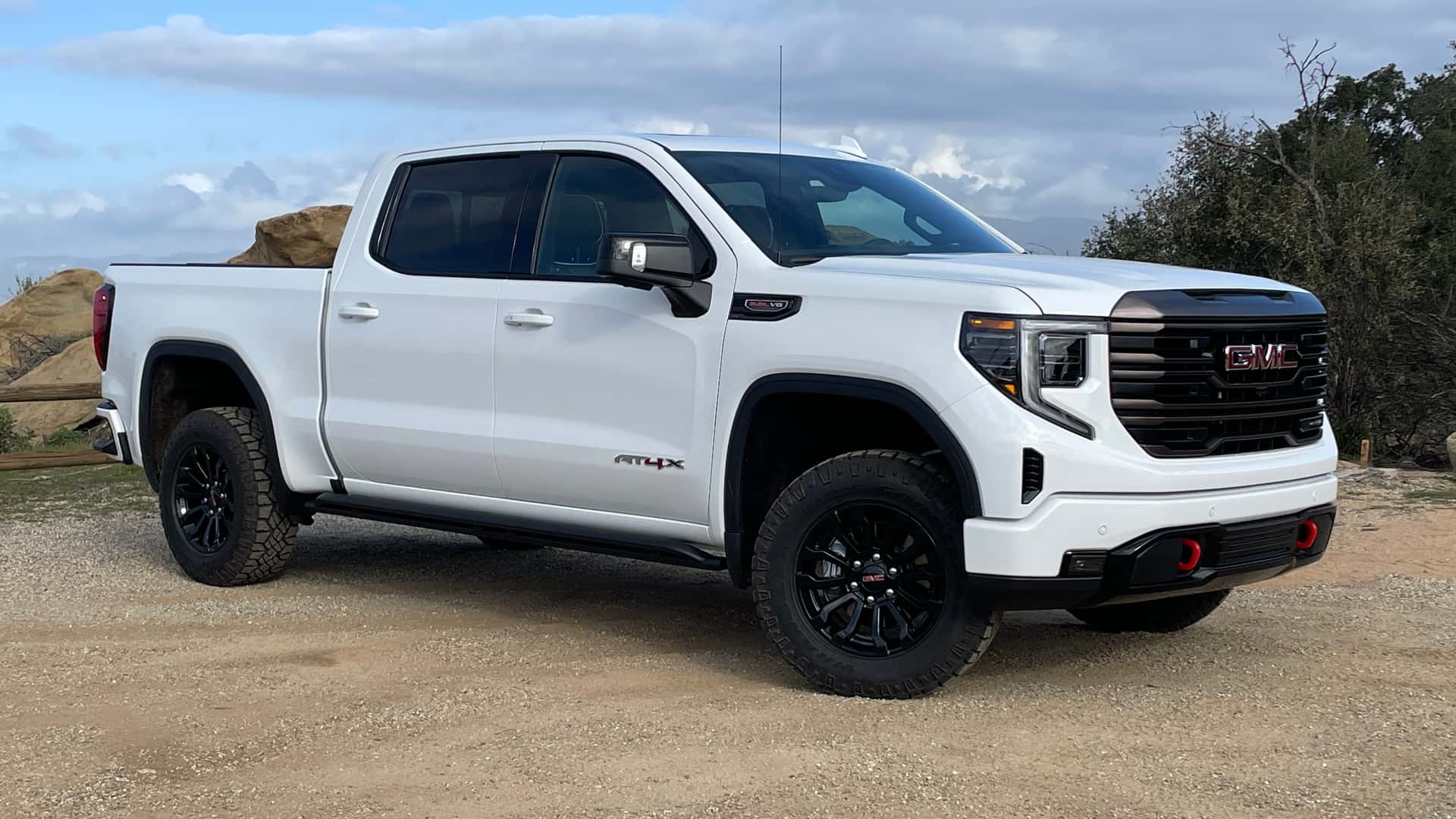“We’re not going to dilute our investment with hybrids,” General Motors President Mark Reuss told Business Insider in 2022. However, GM has had a change of heart since then. During an investor briefing last month, CEO Mary Barra announced plans to introduce plug-in hybrids.
A recent report indicates that PHEV versions of the Chevrolet Silverado and GMC Sierra are in development. Sources familiar with the matter state that GM is expediting the launch of PHEV versions of the two trucks through a “crash program” to accelerate development and market launch.
These plug-in hybrids aim to bridge the gap between the regular Silverado and Sierra with combustion engines and the newly introduced purely electric models. The PHEV models are intended to address range anxiety, particularly for vehicles used for towing and heavy cargo.
In 2019, Barra expressed skepticism about hybrids, stating that customers generally weren’t interested in them and that moving to electric vehicles quickly was the right approach. Reuss also emphasized investing in EVs over hybrids for faster progress.
However, in 2024, with demand for EVs cooling down, GM sees PHEVs as a viable interim solution before full electrification. Pressure from influential dealers to offer hybrid models to retain customers not yet ready for EVs has also influenced GM’s decision.
Barra confirmed during a call about GM’s financial results for Q4 2023 that plug-in hybrid technology would be introduced to select vehicles in North America.

GM has also reconsidered other plans, such as replacing the Express and Savana with electric vans for the 2026 model year, which now seem to be on hold. Additionally, plans for electric trucks have been altered, with one model reportedly canceled and the development of another halted.
Should a Silverado and Sierra hybrid hit the market, they wouldn’t be GM’s first. In the late 2000s and early 2010s, GM offered a “two-mode hybrid system” pairing a V8 engine with electric motors.
If GM proceeds with the new hybrid models, they are expected to be PHEVs, allowing for recharging via a charging port like their electric counterparts.

